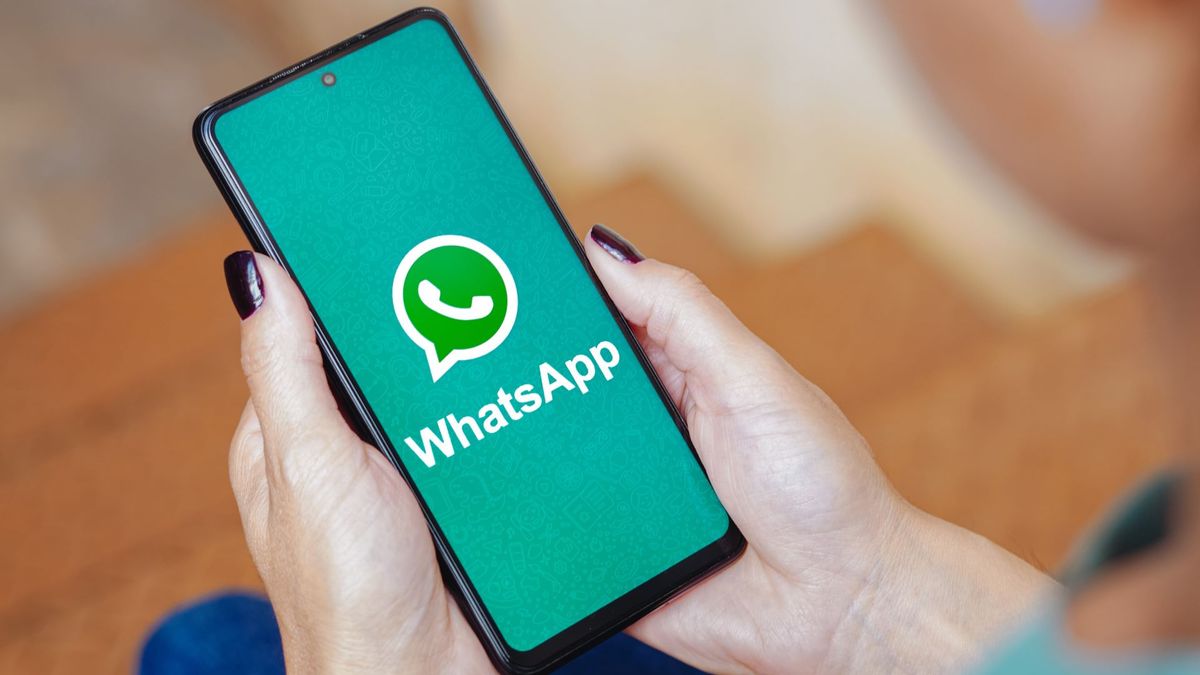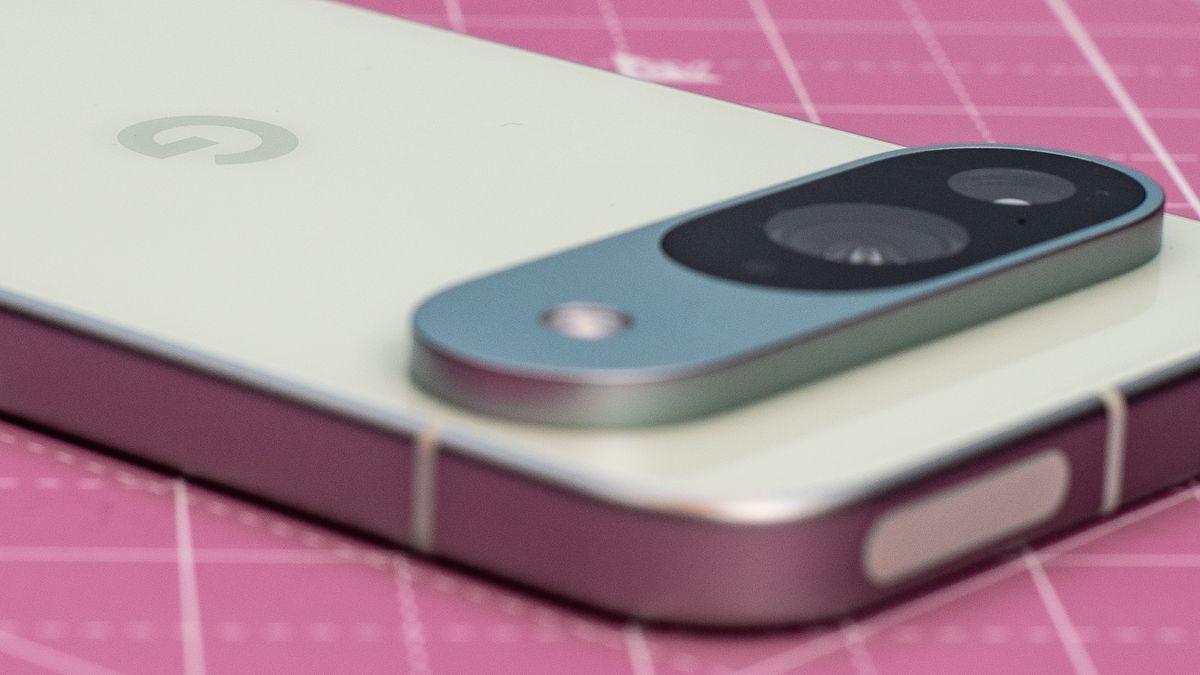In 1999, years before I wrote my first words for CNET, life found me behind the wheel of a 16,000-pound Mitsubishi delivery truck making overnight drops for a local bakery chain in Milwaukee. To feel safer driving by myself, especially during Wisconsin winters, my boss got me a cell phone, the Qualcomm QCP-860, to call him, or roadside assistance, in an emergency. I felt more comfortable driving the route five nights a week, knowing I could call someone if I needed help.
Fast-forward 25 years later, and our phones still provide a similar sense of security, but they can do even more to help keep us be safe. Google's Pixel 9 series has a new feature called Satellite SOS, which uses a satellite to contact emergency services when you don't have a cellular signal or access to Wi-Fi. The service has had an impact on Pixel owners despite having just rolled out in August.
"We're already starting to get inbound stories from users that have been able to use the feature successfully, which is really awesome," Stephanie Scott, group product manager for Pixel phones at Google, told CNET. "For myself, I actually enjoy knowing that it's there when I'm doing things like hiking, especially in the coastal areas where you don't always have great reception."
Satellite SOS is a part of Google's broader portfolio of safety features, which includes Fall Detection and Car Crash Detection. Google is the latest company to embrace smartphone satellite connectivity, joining Apple, T-Mobile and SpaceX. The goal is to give people a way to stay connected, get help and feel safe.
Google's Satellite SOS feature is simultaneously one of the most important parts of the Pixel 9 lineup and one that you'll hopefully never have to use. To get a better idea of how it works, I went to Google's headquarters in Mountain View, California, to try it out for myself.
Watch this: In-Depth Hands-On: I Tried Google's Pixel 9 Satellite SOS
06:25
How Pixel 9 Satellite SOS works
If you don't have reception and a 911 call fails, you're greeted by these screens to start the process of connecting to a satellite.
Patrick Holland/CNETThe first thing to know about Satellite SOS is you don't need to know anything about it.
"The moment you try to dial 911, when you're in a place without service, you get that prompt [for Satellite SOS]," said Aisha Sharif, product manager for Pixel software at Google. "We try to make it super easy and accessible for users to find this in those times where you need it most."
That prompt guides you through the process of connecting to a satellite. I tried the service on a Pixel 9 Pro in a courtyard, under the helpful guidance of Google's Party Pallerlamudi, a technical program manager for modem verification and Arvind Ramesh, a Pixel test engineer.
On the left is the shielded box we put the Pixel 9 Pro inside to lose its signal. On the right is a PC we used to see the Pixel's screen and interact with it when the box was closed.
Patrick Holland/CNETSince we didn't want to accidentally call 911, they had me put the Pixel 9 Pro in a shielded box so radio signals couldn't get to it -- the idea was to simulate a situation where your phone loses reception. The Pixel 9 Pro was in the box for the first part of the demo and was attached to a USB-C cable connected to a PC to mirror the phone's screen.
When the Pixel 9 Pro lost cellular connectivity, a small satellite icon appeared on the top right of the screen, where I'd normally see a 5G UC symbol. Then I tried making a call to 911, but it didn't go through. Instead, a new Satellite SOS button appeared at the bottom of the dial pad.
I took the Pixel 9 Pro out of the shielded box and tapped the Satellite SOS button, launching a multiple-choice questionnaire to assess my situation and needs. The questionnaire is designed to send a data-efficient message to an emergency responder. There are six options to choose from: Illness or injury; Vehicle or vessel; Lost, missing, or trapped; Crime; Fire; Something else.
Here are screenshots of the questions I had to answer after choosing Fire as my emergency.
Patrick Holland/CNETDifferent follow-up questions pop up depending on what you choose. For example, I selected Fire and got a follow-up question asking me whether anyone was injured or in immediate danger. After responding, I was asked what was on fire. At the end of the questionnaire is an option to share my responses with my emergency contacts. If you don't have emergency contacts on your Pixel 9, 9 Pro, 9 Pro XL or 9 Pro Fold, I highly recommend setting them up.
Once the questionnaire was done (it took me a few seconds to complete) a prompt appeared that read, "Getting ready to send" and advised me to be outside with a clear view of the sky. Remember, this isn't like connecting to Wi-Fi or even trying to squeeze an extra bar out of your cell signal. Satellites travel at 17,000 mph and you're trying to connect to one to send a questionnaire. Buildings, telephone poles and trees can cause connectivity issues.
Here is the interface Google give you to connect to a satellite. Each screenshot shows a step in the process.
Patrick Holland/CNETAfter a few seconds, and another progress screen, a new window showed an animation of a hand holding a Pixel phone overlaid with a satellite icon. The interface looks like the clock widgets that you can add to your phone's home screen on Android 14 or later. The animation prompted me to turn to the right to center the satellite icon in the circle.
Even though I was in an open courtyard, there were buildings (four or five stories high) nearby that interfered with the connection. So I walked about 30 feet away from the structures toward the parking lot and kept following the prompts. I found that holding the phone flat on my open palm (parallel to the ground with the screen facing up) helped.
My Pixel 9 Pro was connected to a satellite after about 30 seconds -- although it can take a few minutes to connect, depending on where you are and how clear your surroundings are. Satellite SOS is meant as an option to get help but because of the limits of satellite/smartphone connectivity, there might be situations where you aren't outside or able to get a clear view of the sky to get the service to work.
Once I was connected, a text message thread appeared saying that the information from my questionnaire was sent to emergency services – more on this in a bit. You might receive follow-up messages asking for more details. When I replied, it took about 15 seconds for the message to be sent. Sending a text message back to emergency services can take much longer because of the connection, it depends on where you are and how clear your line of sight is.
It was enlightening to go through the demo. I didn't need actual help, but I was impressed with how straightforward the process was.
The Pixel 9's special modem and partnerships
Satellite SOS works on the Pixel 9, 9 Pro, 9 Pro XL and 9 Pro Fold. It won't work on older Pixels because the 9 series has a modem with the ability to send messages back and forth to a satellite.
Google partnered with a couple of companies to make Satellite SOS work. During my demo, I noticed that I received SMS replies from Garmin Response which is on the receiving end for the emergency SOS messages. Garmin Response is a 24-hour answering service that helps triage a person's problems and contact emergency services.
Google's other partner is satellite service provider Skylo, which provides satellite connectivity when you're outside your usual cellular range.
Satellite SOS is only available in the continental U.S., and it works when Google Messages is your default app. It's free for the first two years, but Google didn't share how much it would cost after that, or if it would be more broadly available to other Android phones that have the hardware needed for satellite connectivity.
If you own a Pixel 9 series phone you can try out a mini Satellite SOS demo that lets you connect to a satellite without actually calling 911. Open Settings, tap Safety & Emergency, then press Satellite SOS and follow the instructions.
Final thoughts
As a tech journalist, I'm thrilled to see a safety feature like satellite connectivity come to Pixel phones. It's not just Google: Apple offers a similar service for the iPhone which like Google is available for free for two years -- although Apple hasn't said how much it would cost after that time. With the release of iOS 18, iPhone 14 models and newer can also send SMS via satellite.
U.S. carriers are starting to get into the satellite game too. In the aftermath of Hurricane Helene, the Federal Communications Commission gave T-Mobile and its partner SpaceX temporary emergency authorization to enable their Direct-to-Cell satellite service. T-Mobile subscribers in North Carolina who lost cellular coverage were able to receive emergency notifications and SMS via satellite.
Google's Satellite SOS services are a far cry from the nights when I drove a truck full of wedding cakes across icy Wisconsin roads with a cell phone by my side. As impressive as the service is currently, we're still in the early days of smartphone satellite connectivity. I can only wonder how we'll be using this technology in just a few years from now.





:quality(85):upscale()/2024/11/05/936/n/1922153/cc2bbd68672a8e1588a964.53876938_.webp)
:quality(85):upscale()/2024/08/06/667/n/1922794/4bc1ce8866b23aaf319c84.46755244_.png)


 English (US) ·
English (US) ·